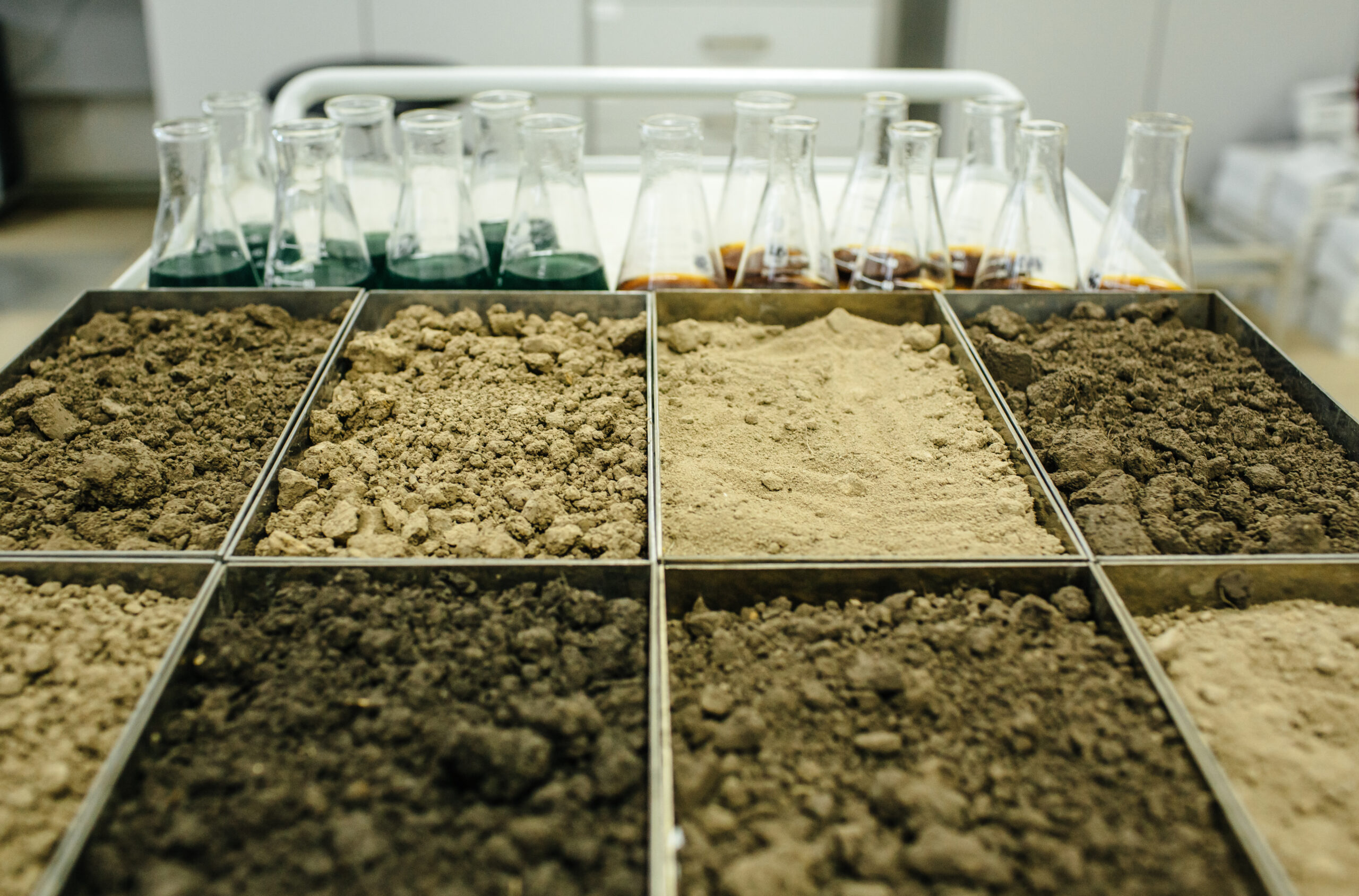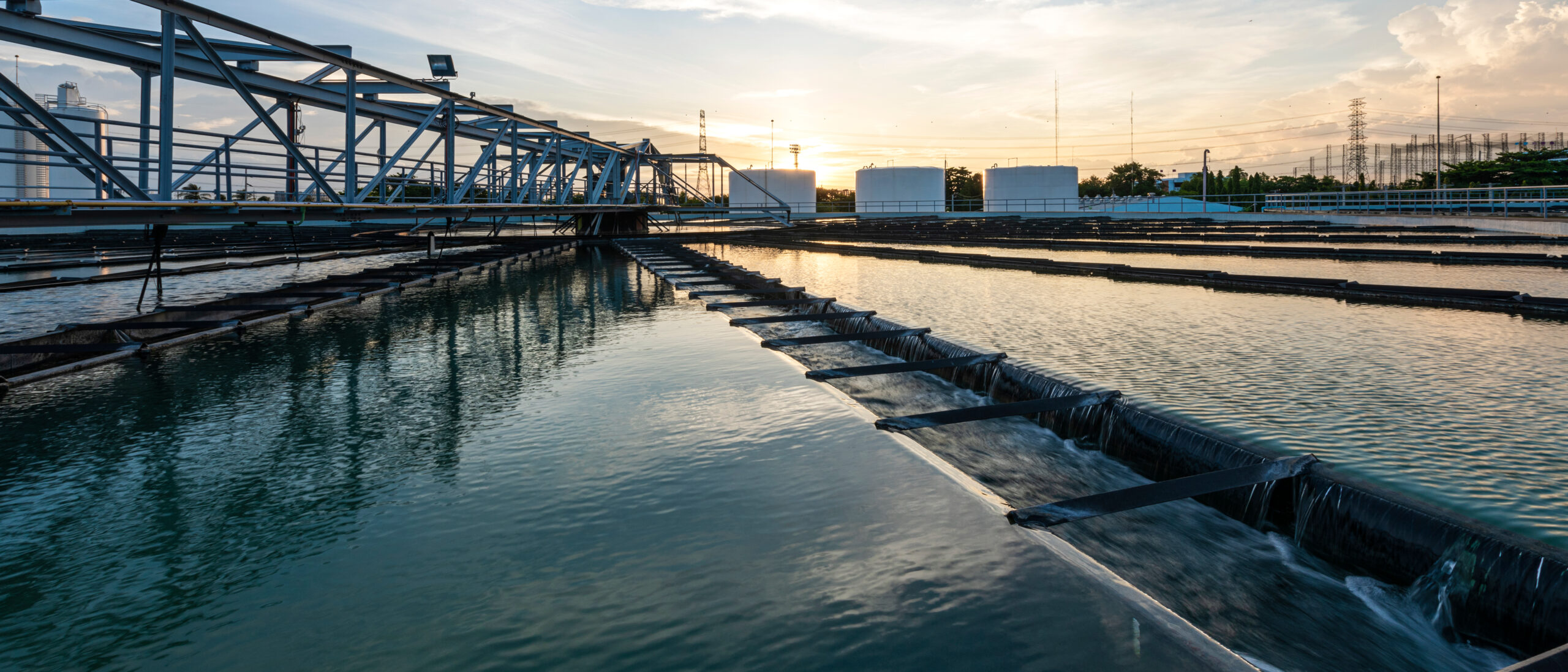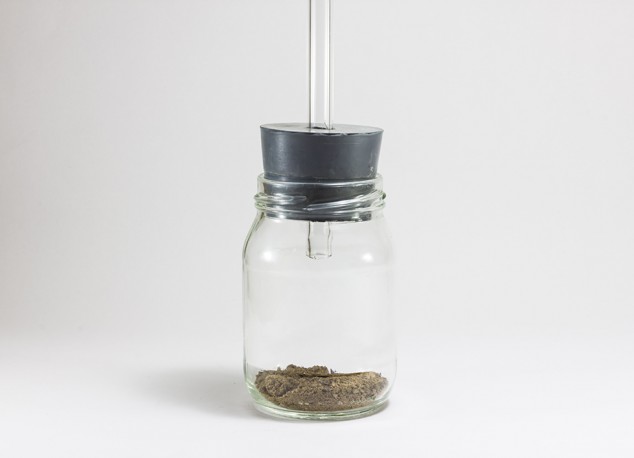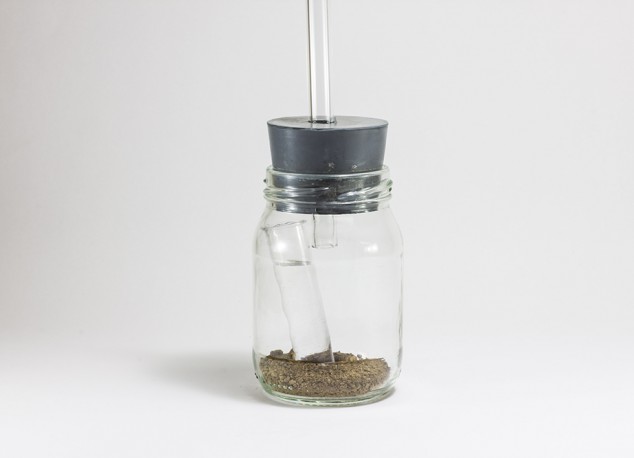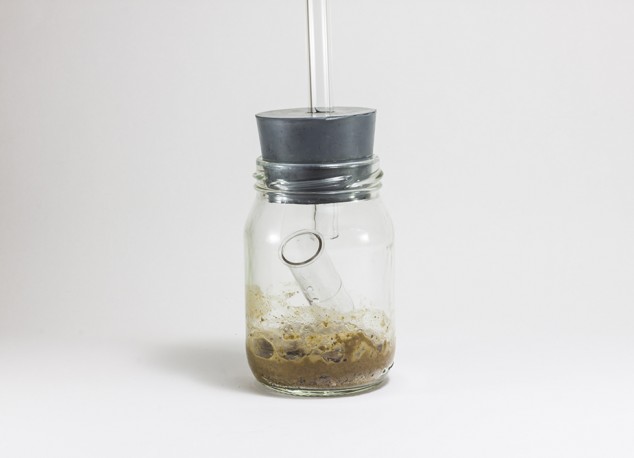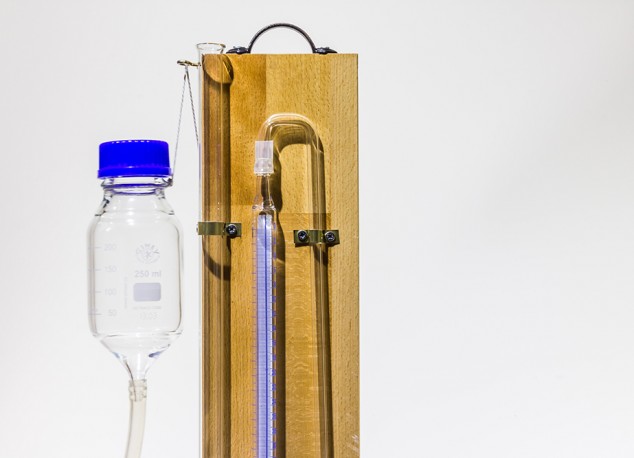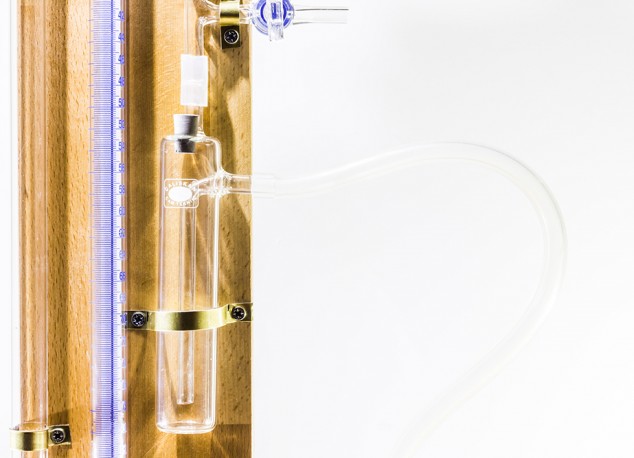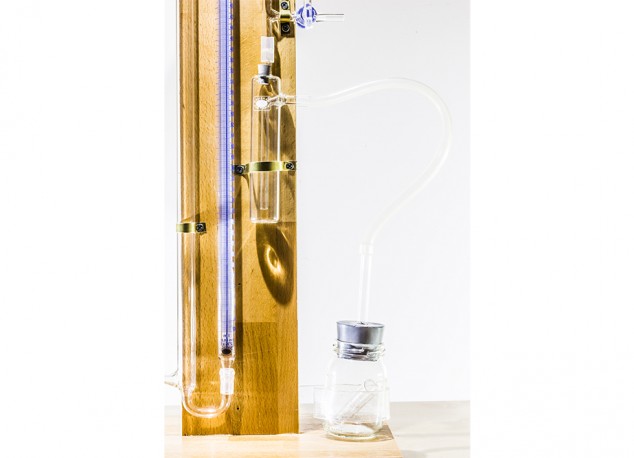Basic parameters for soil characterization can be listed as follows; pH, soil texture, water holding capacity, calcium carbonate (calcinity), salt, organic matter, bio-available phosphorus, potassium, total nitrogen, total organic carbon and trace elements. The soil testing laboratories, which are responsible from the analysis of those parameters, consider the calcium carbonate content of the soil as a very good indicator for fertility.
Calcium carbonate content is determined with a very well-known laboratory apparatus called Scheibler calcimeter, which is being used by soil testing laboratories worldwide. However; as the number of samples to be analyzed increase in time, Scheibler Calcimeter seems not to meet the requirements of the soil testing laboratories when the amount of extra time and labor it consumes are considered.
Here in this point, Lita Analytical offers a new calcimeter technology. This new calcimeter with its unique features is the ultimate solution for the analysis of calcium carbonate in soil.


